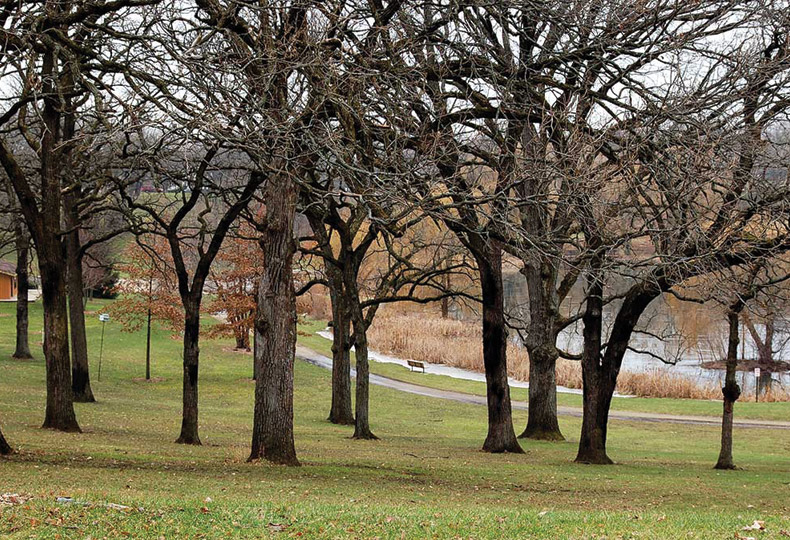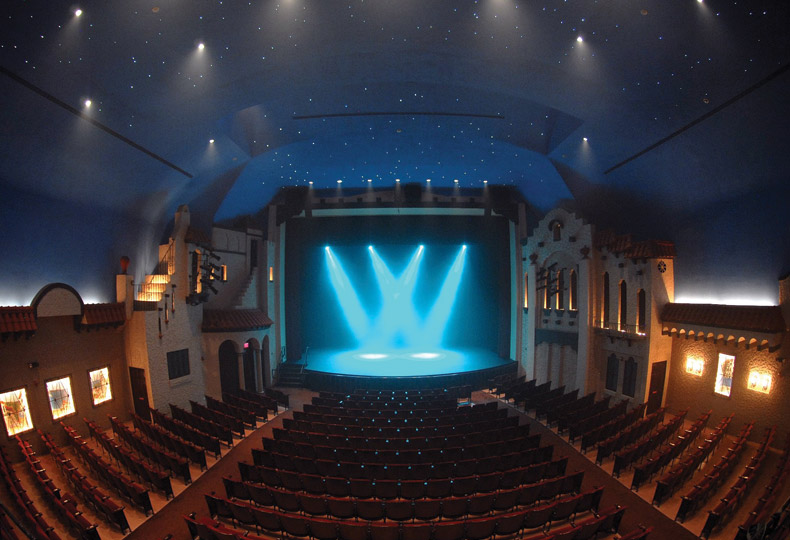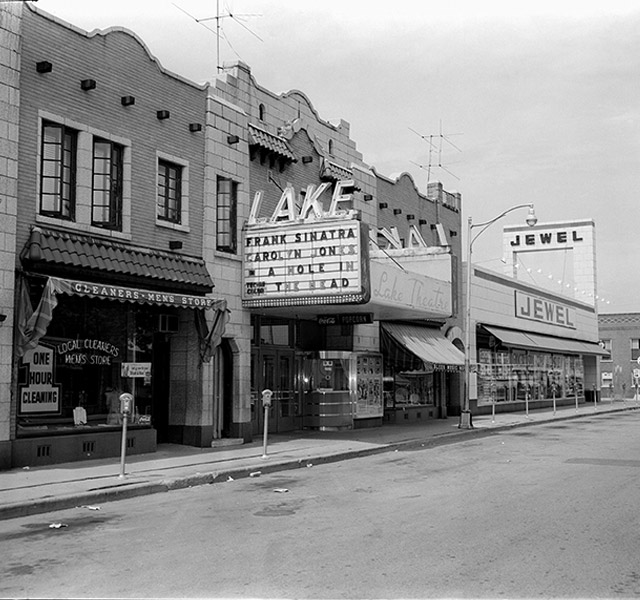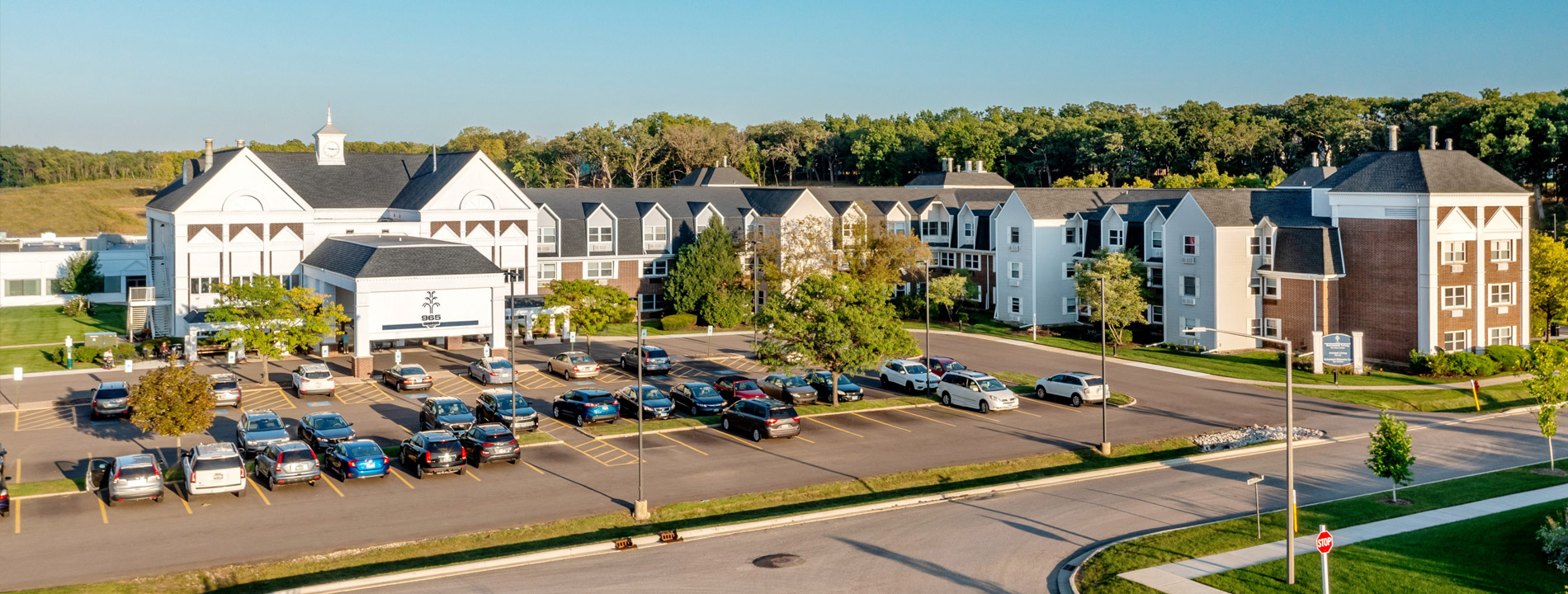The Neighborhood
Outstanding food, fun, and friendly faces.
Warmth most aptly describes life at The Fountains at La Cholla. With a large expanse of undeniable desert scenes, the vibrancy of senior living in Tucson comes into focus. The abundance of natural land provides lots of recreational opportunities for the residents of Tucson; it’s a natural paradise in the truest sense.
A home unlike any other, Tucson grew out of the dangers, opportunities, and cultural crossings of the Old West. Today, that heritage shapes us without limiting who we are. Known for outstanding hiking and outdoor adventures, rich cultural traditions, a vibrant arts scene, world-class golf, and unforgettable dining, Tucson hosts nearly 7 million visitors a year. The city is home to more than 1 million residents and is known worldwide for its exquisite culinary destinations and an incredible assortment of restaurants. While exciting, all of this merely scratches the surface of what Tucson has to offer.
Neighborhood Highlights

Kennedy Lake
A beautiful body of water ready for you to explore. Located in John F. Kennedy Park in Tucson and spread over 10 acres, Kennedy Lake is famous for the many species of fish found in its waters. Take a pleasant stroll along the shore to enjoy the views, fauna, and scenery. If you like boating, the lake also offers boating opportunities as well as fishing for those who fancy catching some of the lake’s biggest fish.

Tucson Botanical Gardens
If you love botanical gardens, then this is the spot for you. The Tucson Botanical Gardens are a must-see for those who seek out the distinct tranquility that can only come from interacting with nature. Whether you’re exploring the butterfly garden, the Zen garden, or any of the other fourteen gardens, you’ll find yourself in a sea of floral tranquility. Discover the local flora and learn how impressive Arizona agriculture is.

University of Arizona Museum of Art
A must-see, favorite destination for the Tucson art lover, the University of Arizona Museum of Art had a modest start beginning with its first art exhibition in 1924. The first gallery was housed in the University Library. In 1955, the museum moved to its new home on the university campus. The museum’s collections feature important works from several different eras and cultures. To date, American and European art (with pieces that date from the Renaissance through modern-day works) are some of the most popular attractions.

About Tucson
Located in southern Arizona, Tucson was founded on August 20, 1776 — an event celebrated during Tucson’s La Fiesta de San Agustín annual event. The area we call Tucson is one of the oldest continually inhabited areas in North America. In fact, all of Arizona south of the Gila River was legally purchased from Mexico as part of the Gadsden Purchase on June 8, 1854, when Tucson officially became a part of the United States. During the Old West era (generally, 1860–1880) Tucson was the site of many clashes between cattle ranchers, settlers, miners, and the Apache Indigenous population.
In 1877, Tucson was incorporated as a city, making it the oldest city in Arizona. With the arrival of the Southern Pacific Railroad in 1880, Tucson’s multicultural roots expanded and deepened as new residents adopted customs of both the Tohono O’odham Indigenous people, Mexicans, and early settlers that were already living here.
Today, Tucson is home to more than a million residents and plays host to more than 7 million visitors each year. There’s something majestic about this area where five mountain ranges form a protected valley, and where magnificent saguaros stand tall on the desert floor while aspen and pine grow high above them on stark, wind-swept mountain peaks.

Ready for a Southwestern day trip?
Discover what’s happening in Tucson and the surrounding areas with live updates and events from art shows to concerts, comedy events, and more.

